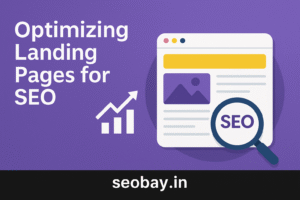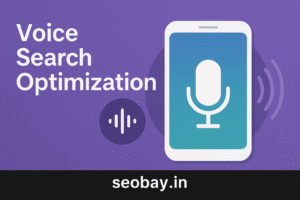
How To Optimize Landing Pages for SEO
Introduction In the digital age, creating high-converting landing pages is vital for generating leads and boosting sales. However, to truly

Introduction In the digital age, creating high-converting landing pages is vital for generating leads and boosting sales. However, to truly

How to Optimize My Website Content for Voice Search in 2024? Voice search optimization has gained popularity worldwide, with approximately
Optimizing your blog posts is crucial for improving your website’s search engine ranking and attracting more organic traffic. The best
As technology continues to evolve and become increasingly complex, it is important for webmasters nowadays to stay up-to-date on the
First Some SEO Basics SEO Lead Generation : SEO (search engine optimization) is a process that can be used to
When you talk about digital marketing what comes in your mind first!! You all probably know that SEO is a
In today’s digital age, having an online presence is essential for small businesses to succeed. However, simply having a website

SeoBay.in is a results-driven digital marketing agency helping businesses grow through strategic SEO, PPC, content, and online branding solutions. We blend data, creativity, and experience to deliver real growth.
© 2025, SeoBay. A Digital Marketing Company
All Rights Reserved.